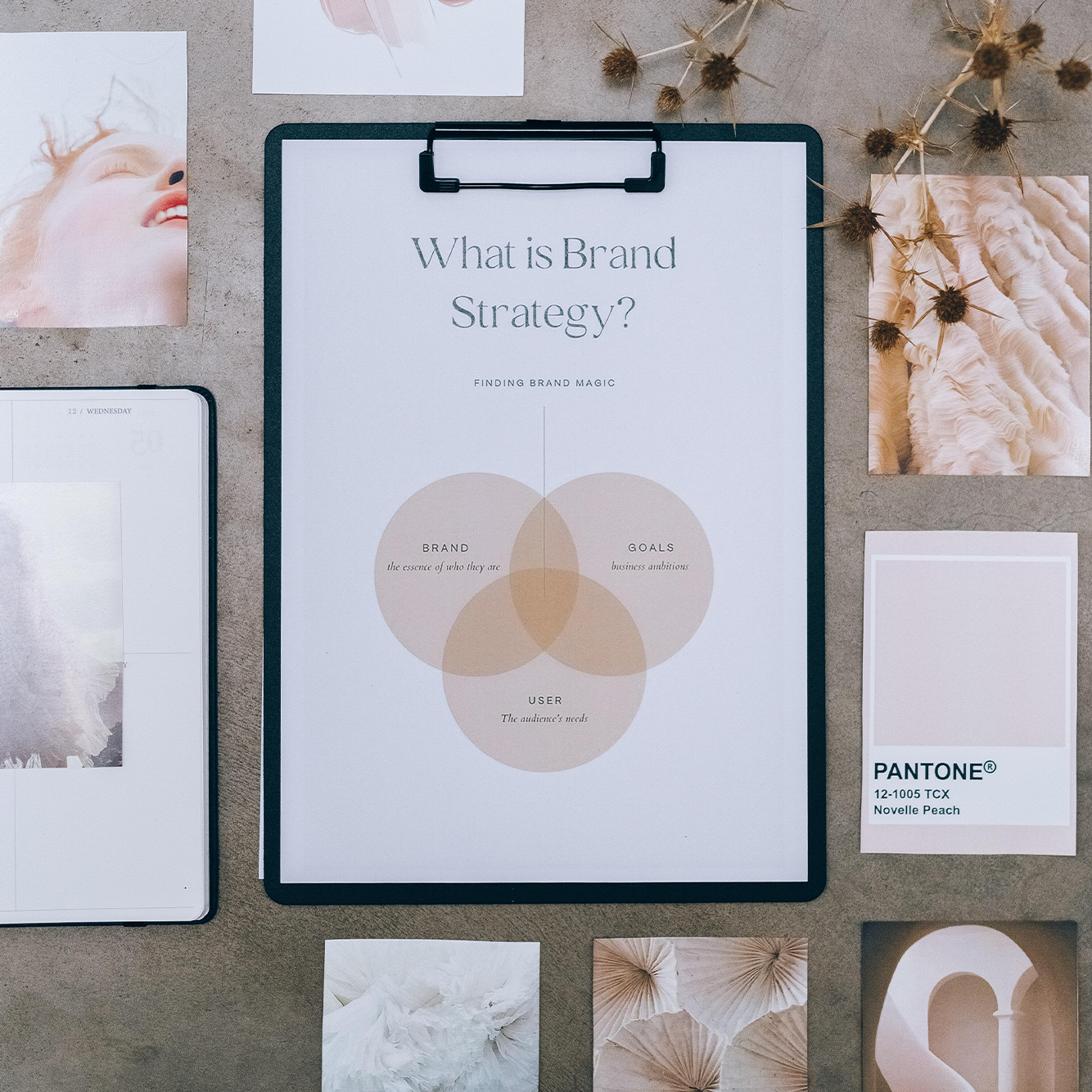
What is a Brand?
A brand is an innovative and abstract idea used in marketing or business that makes it easier for customers to recognize a certain business, item or person.
People frequently conflate brands with recognized marks like logos, slogans, or other marks, marketing techniques used to advertise products and services.
A method of recognizing your company is through branding. It determines how your customers perceive and interact with your brand. Building a brand is more than just a logo; it can be seen across your company’s operations, including your customer service philosophy, staff uniforms, business cards, and physical location.
What is Brand Building? How do you Build a Brand?
Building a brand entails employing direct advertising to increase brand recognition, advertise a particular product, forge relationships, and offer value to the target market. It raises brand recognition, consumer loyalty, and customer satisfaction.
Building a powerful brand is all about being able to offer more than just goods and services; it is about offering meaning. In many respects, the foundation of a company’s success is its strong brand, which is the outcome of a successful brand strategy.
Building a strong brand requires a meticulous approach and strategies that ensure a unique, recognizable, and congruent identity that creates a connection with the target audience. We can broadly classify and divide the brand-building process into the following:
1. Market research:
If you’ve recently developed a new product, invested all of your passion and energy, and are confident in its value, you might think it is right to begin developing your brand. We require a fantastic logo, a website with the ideal layout, compelling advertisements, etc.
You should determine if there is a product-market fit before investing money in a branding campaign. How do we interpret this? It entails ensuring that your product or service has a favorable market, that there is a need, and that customers will be eager to purchase it.
To determine a product-market fit, branding market research is essential.
Let’s look at how you would do this.
Secondary research: Begin by reviewing secondary materials before beginning your market research. For instance, if you’re creating a family budgeting software, look at rival websites, personal finance blogs, and industry publications like Fintech Magazine. Obtain a general understanding of the market environment and available instruments.
Primary Research: The following step is to do your primary research using focus groups, interviews, and online surveys. This will give you a better understanding of the thoughts of your potential clients and enable you to ascertain whether they would be willing to try your goods or service.
2. Importance of a unique value proposition
You could believe that since a brand’s logo is its most prominent visual component, this is where you should start developing your brand. Everything will work out after you crack the logo, right?
However, one more aspect of branding should support all the others and aid in developing a compelling, unified statement. That is your Unique Value Proposition (UVP). This goes beyond just a straightforward or snappy statement. Typically, it has a title, a longer sub headline or paragraph, 2-3 advantages or features, and a focal point image.
An audience would prefer to spend their hard-earned money on what you have to give, according to the UVP, which captures what makes your brand distinctively desirable. Market research is used in this situation once more.
You can test various UVP components, for instance, by conducting an online survey to evaluate which ones connect with and which don’t with your audience.
3. Why is a relevant brand name and logo essential?
One of the most fundamental components of a brand’s identity is its name and image, which aids in creating and sustaining a distinctive presence in the minds of consumers and other important audiences.
You should be able to approach brand-name tasks with assurance and knowledge if you want to keep a good reputation with customers.
Ensure your Brand name has the following components:
- Distinctive
- Authentic
- Memorable
- Ensuring
- Defensible
4. The Emotional Touch.
A brand should resonate with its customers and not merely fulfill a need. A brand is an intangible asset; hence, for its value to be enhanced, it needs to feel like a friend, ally, support system, and belief system.
Not only does the brand need to create a story that convinces its customers about it, but this story and aura must be effectively communicated to the target audience.
A PR firm is a powerful and useful ally in creating and building an emotional connection with your brand. PR firms have the skill of translating words into emotional and meaningful communication and can help communicate your brand message to your audience quickly and much wider.
5. Consistency with the Audience
Once your brand story and communication are created and decided upon, it must remain consistent and uniform across all means of communication. A deviation from your messaging will direly and negatively impact your brand’s resonance with the customers.
A PR firm can assist in ensuring uniformity of communication for your brand. The media strategists and communications team can provide an impetus in booming your brand message consistently across channels of communication to ensure a complete and consistent branding of your product or service.
How can R Couri Hay PR help build your brand:
R Couri Hay PR firm is a premier PR firm in New York and is the preferred agency for brands like Prada, Versace, Fendi & countless others. We have an impeccable reputation in dealing with our clients and share an excellent rapport and relationship with the media and the press.
Our team of experienced strategists has complete know-how of the most effective and impactful ways to deliver messages to a larger audience.
We have a highly rated Crisis Management and campaign management team and assist our esteemed clients in managing every aspect of their progress and development.

